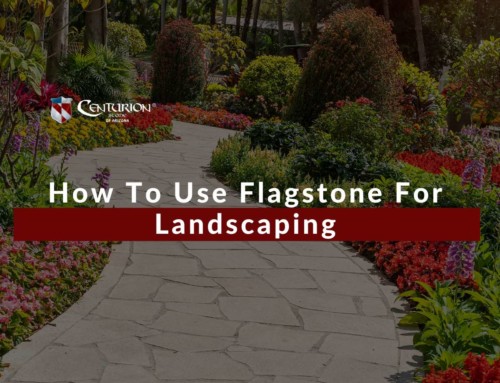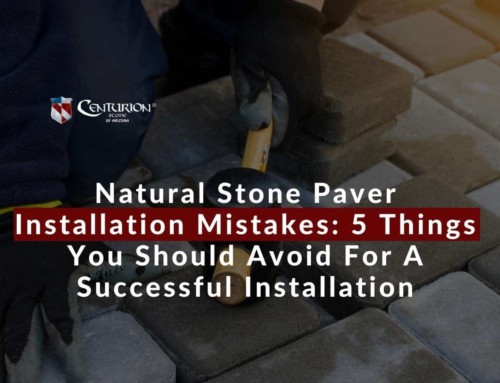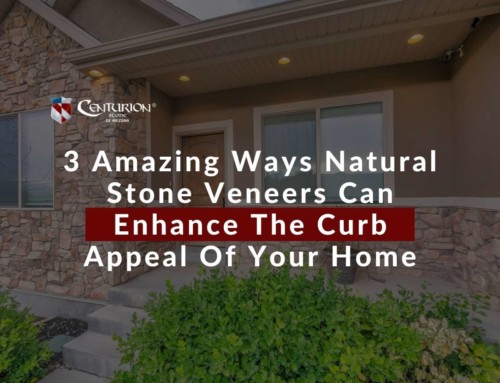The Centurion Pavers Glossary Part 2
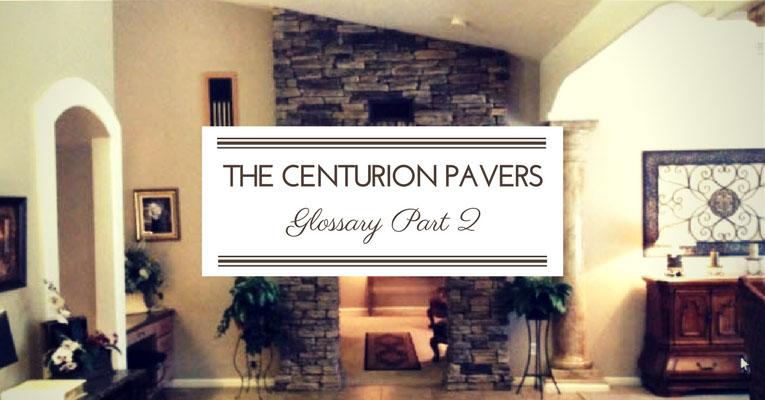
Mechanical Installation
Typically, Gilbert pavers are laid by hand. Mechanical installation refers to pavers being laid with the assistance of machinery, which speeds up the installation process. Mechanical installation is not available for all jobs or all paver types.
Moisture Content
Moisture content refers to the weight of the water in the soil, sand and base material. The moisture content is measured as a percentage.
Observation Well
An observation well is a pipe that is used to watch the filtration of water through the soil under the pavers. The observation well can be used to determine when the soil is no longer filtering water properly to maintain the condition of the pavement. Proper drainage is especially important in Arizona, which experiences excessive rains during the monsoon season.
Outlet
An outlet helps to funnel water from an open-grade base into a storm sewer system. An open-grade base has large spaces between the particles in the aggregate, helping water to drain through more easily. Pipes are usually used to drain the water from the base into the outlet.
Pavement Rehabilitation
Pavement rehabilitation involves any work that helps to improve the pavement or to prolong its life. Pavement rehabilitation can include removing an replacing individual pavers, repairing the joints, stabilizing the edges, and more.
Permeable Interlocking Pavement
Permeable interlocking pavement is installed in a grid-like design, and vegetation is planted in the joints to allow water to drain through the pavement to the soil below. Permeable interlocking pavement is a good choice for paved areas that get a lot of runoff.
 Porosity
Porosity
Porosity is determined by dividing the total volume of the base by the volume of the voids in the base. Porosity determines how much water can pass through the base and how quickly it can pass.
Progressive Stiffening
Progressive stiffening refers to the gradual hardening of pavement from increased traffic and weight. This process occurs over a long period of time, and it can affect the way the pavement performs.
Rubber Pavers
Not all pavers are stone pavers. Rubber pavers are made from recycled rubber, such as from old tires. Choosing rubber pavers is a good option for the environment. Rubber pavers can also create a softer surface area, which is a good choice if you have children or you have adults in the home with mobility or balance issues.
Rutting
Rutting occurs when repetitive traffic and excessive weights cause damage to the pavers. Typically, rutting occurs when the pavement is subjected to weights beyond its load capacity, which can include intense foot traffic.
Screeding
Screeding is the act of leveling off the sand used in the base for the pavers. The sand goes on top of the aggregate, and it must then be smoothed and leveled to create a flat installation area for the pavers. Long pieces of wood or metal are used for the screeding.
 Sealer
Sealer
Sealer is used to protect your pavers from water, salt and other elements. Sealers can help to waterproof your pavement or can protect it from staining. Sealers that have coloring in them can also be used to enhance the look of the pavers. Your paver supply company in Gilbert should be able to recommend a sealer that will work with your pavers and achieve your goals.
Shrinkage
Shrinkage occurs when water loss leads to a reduction in the volume of the soil. Shrinkage can cause your pavers to shift, which can damage the pavers or change the look of your patio or walkway. Proper drainage can reduce the risk of shrinkage.
Soil Stabilization
Different treatments can be used to stabilize a soil and prevent it from shrinking, shifting or changing composition. Soil stabilization can be achieved with chemical treatments or with mechanical treatments like geogrids and geotextiles.
Spall
Spall occurs when pavers become chipped or fragmented because of adverse weather or pressure. Spall is a top concern in Arizona, where the yearly monsoon season dumps water across the state for several months. Pavers must be selected carefully to stand up to these heavy rains.
Stamped Concrete
Stamped concrete has a decorative pattern that has been stamped into the surface while the concrete is still wet. Concrete pavers can also be stamped, so you can use individual stamped pavers as accents, or you can choose to complete your entire project with stamped pavers.
Stenciled Concrete
Stenciled concrete is designed to look like other materials, such as natural or manufactured stone in Gilbert. Different colors and textures are applied to the concrete to replicate the look of these other materials.
 Sub-Base
Sub-Base
Larger stone pieces make up the first base for the pavers, which is the sub-base. The base goes on top of the sub-base, and it includes smaller materials such as crushed stone and sand. The sub-base is placed on top of the subgrade (the soil), and it is thick to provide a stable foundation for the base.
Weave
Weave, also known as the parquet, is a pattern in which pavers are installed. The pattern is achieved by placing two pavers side by side, and then alternating them at 90 degree angles. More than two pavers can be used to achieve the pattern, but the possibilities depend on the length and width of the individual pavers.
Centurion Stone of Arizona is the premiere paver supply company in the state. Our friendly and professional specialists are ready to answer any questions you have about the terminology used to discuss pavers or about specific pavers you are interested in using for your project. We sell stone pavers and landscape pavers in a variety of colors, sizes and textures. Explore our online catalog to find pavers for your next project or call us to learn more about the best pavers for your project.
Published By:
MESA LOCATION
1608 N Greenfield Rd
Mesa, AZ 85205
Office: 480-654-2995
Email: [email protected]
Website: centurionstoneofaz.com
PRESCOTT LOCATION
8950 Long Mesa Drive
Prescott Valley, AZ 86314
Office: (928) 759-8543

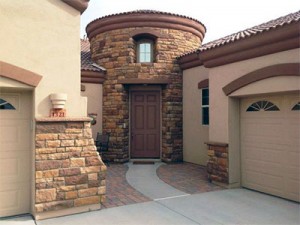 Porosity
Porosity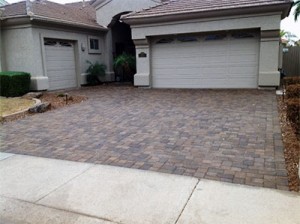 Sealer
Sealer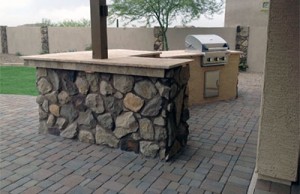 Sub-Base
Sub-Base